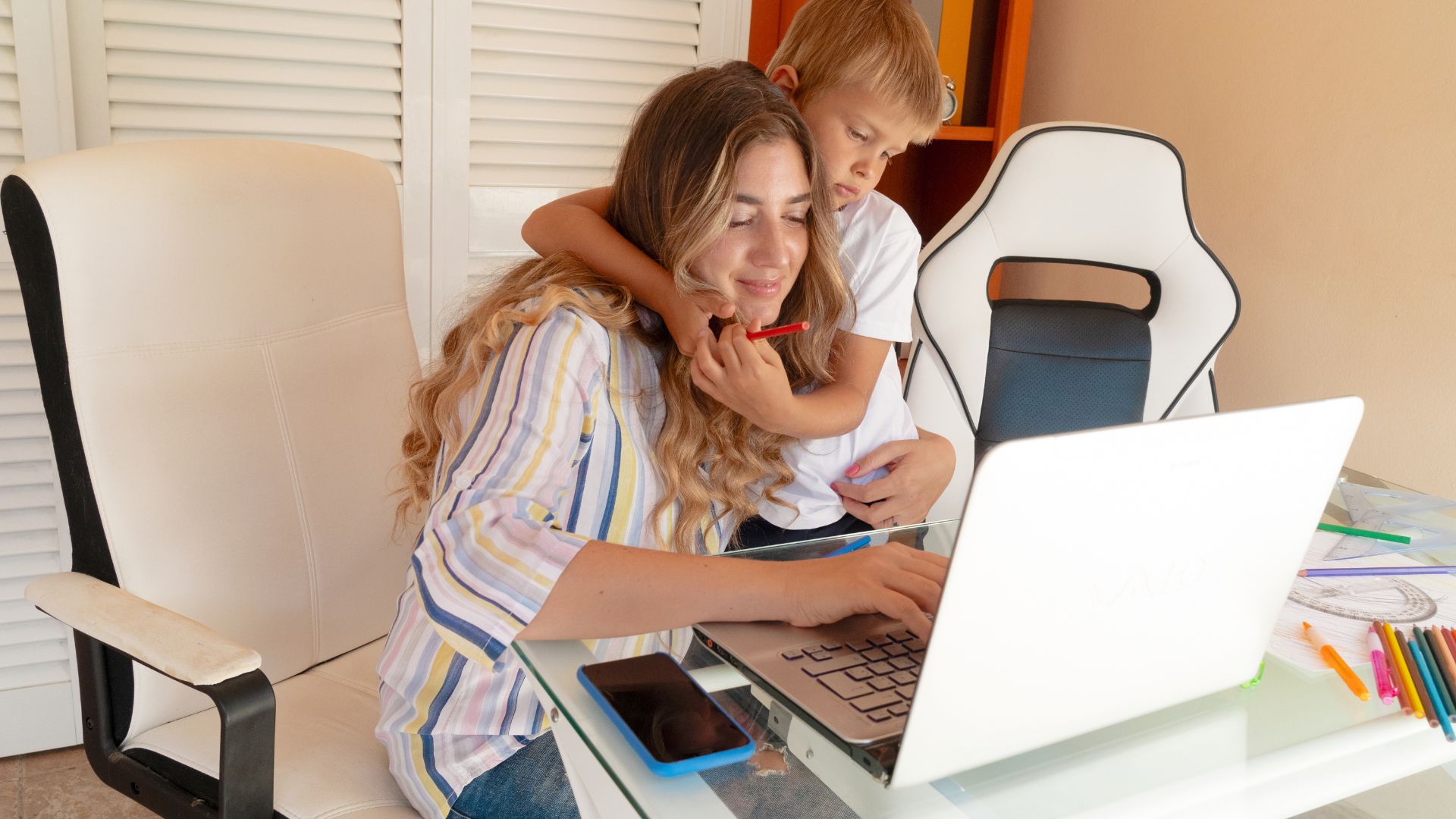It’s almost that dreaded time again – the end of Daylight Saving Time! While “falling back” was once a glorious time of sleeping in an extra hour, every parent knows – kids don’t follow that plan! Parents around the country dread the disruption of their lives from transitioning their children’s sleep to a new time schedule. But with a little planning, Daylight Saving doesn’t have to send everyone into a sleep deprived tailspin.
Slowly Shift Bedtime

Rather than expecting your child to suddenly sleep in an hour, begin moving her bedtime a bit later gradually over the week before the time change takes effect. Each night you would move bedtime 10 or 15 minutes later, landing at her “new” bedtime. If your child currently goes to bed at 7, shift to 7:15 on the first day, then 7:30, then 7:45. You’ll stop shifting at 8:00 which will become 7:00 after the time changes. Now you’re back on track with just a little effort!
Shift Naps & Meals
It’ll be difficult to transition bedtime if you don’t move naps, meals, and other daytime markers as well. These little changes may seem like no big deal, but they will pay off with a smoother transition for everyone.
The Art of the Dramatic Wakeup
If this transition has caused your child to become an early riser, using a dramatic wake-up can help.
First, when your child wakes, go into the room and comfort them with the lights off and the room quiet. Using the chair positions you learned in The Shuffle, soothe and coax him back to sleep as best you can.
Continue comforting and soothing him until his proper wake-up time. Then use the Dramatic Wake Up:
- Leave the room for a full minute. Count out those 60 seconds if you need to!
- Enter the room dramatically and say, “Good Morning!”
- Throw open the curtains and turn on the lights.
- Sing a happy morning song, do a little dance, or otherwise, indicate that now it is morning and time to be up.
The goal of the dramatic wake up is to teach your child that this is the appropriate hour for being awake, not earlier when you entered to help them soothe themselves to sleep. Don’t let daylight saving time throw off your baby sleep schedule and create an early riser!
Make Naps a Priority
Sleep begets sleep! A well-rested child will more easily transition to a new schedule than a tired, cranky one. Take heed in protecting naptime this week as you prepare for (or recover from) this transition. It’s not the week to skip or shorten naps in favor of running errands around town. You may even consider adding an extra nap if your child is particularly struggling, especially if they recently had a nap transition from 2 naps to one.
Get Sunlight in the Morning
Try to expose your child to sunlight soon after waking to reset those circadian rhythms. A quick walk in the morning can make a huge difference. Even if it’s too cold to get outdoors, opening the blinds and playing in the sunlight near the windows can help his body transition.
Watch Wakeful Windows
Watch your child’s wakefulness windows. Children have a limited window of wakefulness (the time that they can be awake and alert without meltdowns) between naps and bedtimes. Make sure that you watch your baby for sleepy cues carefully. Respect their wakefulness windows so they do not become overtired.
Relax
Even if you use all the above suggestions, it may take a week or more for your child to adjust to the time change. This is completely normal. Be consistent with your routine and things will fall back into place with your baby’s sleep schedule. At the same time, be flexible enough to know that your child may need an occasional extra nap or earlier bedtime as they transition. Take it one day at a time!


